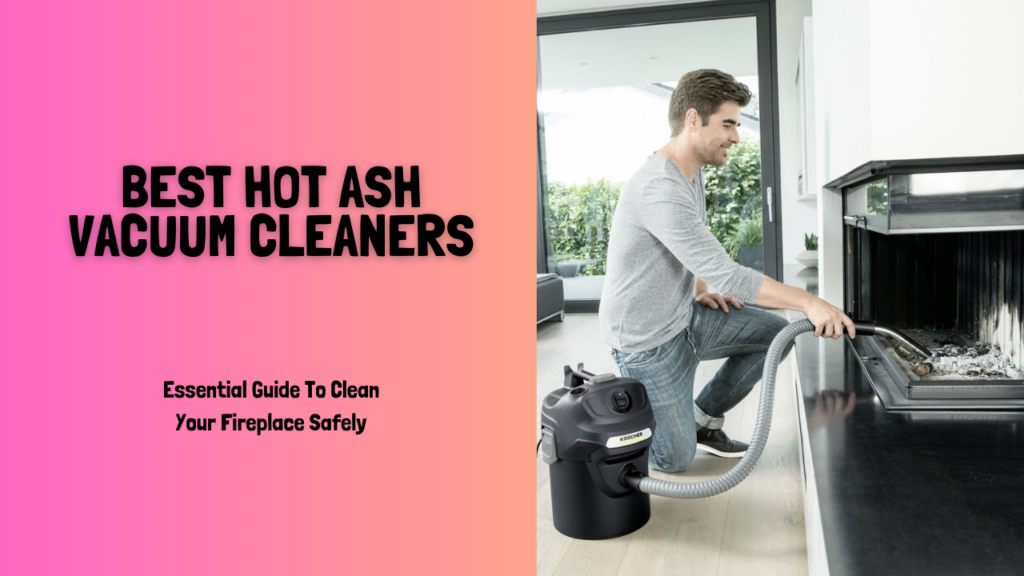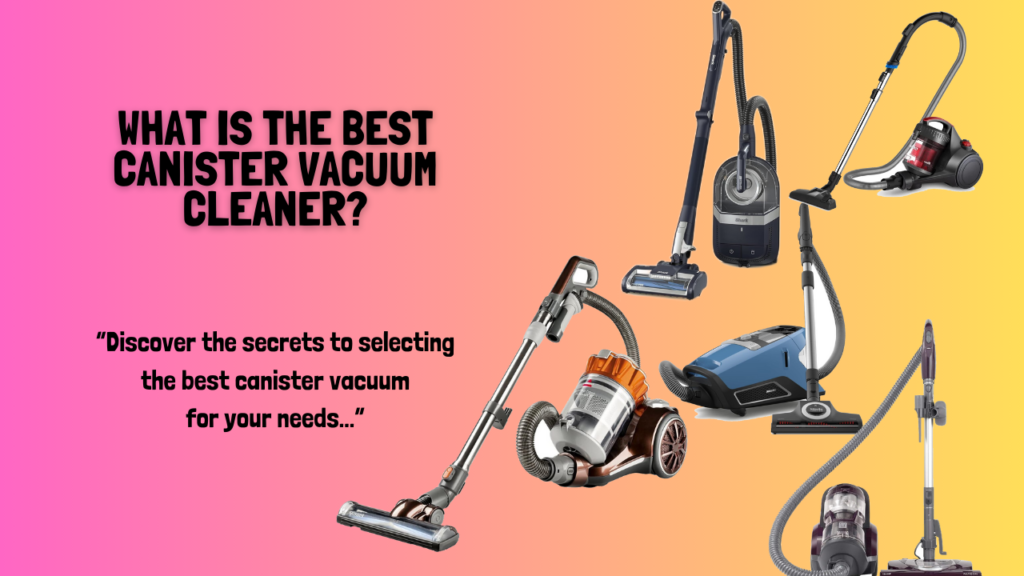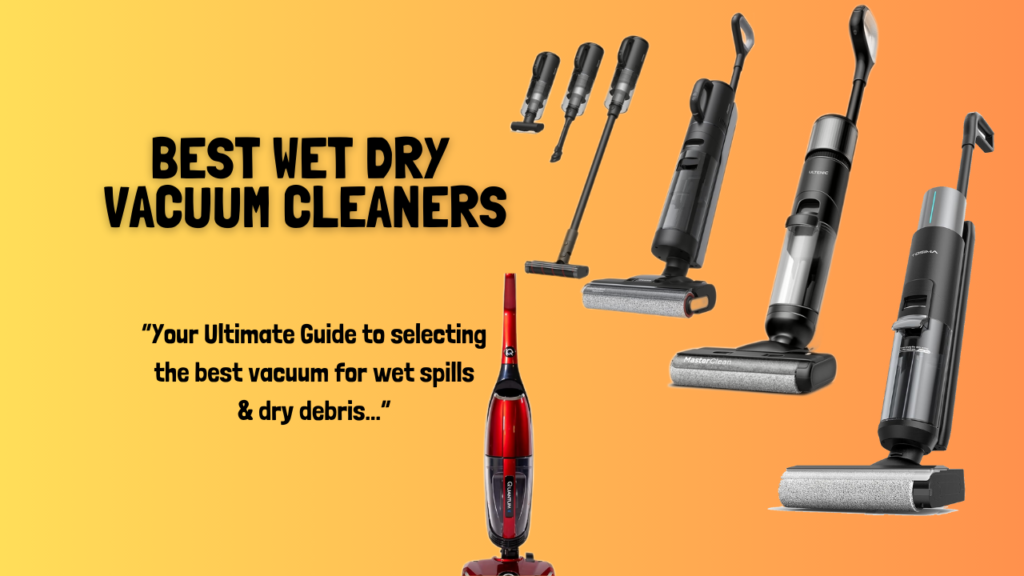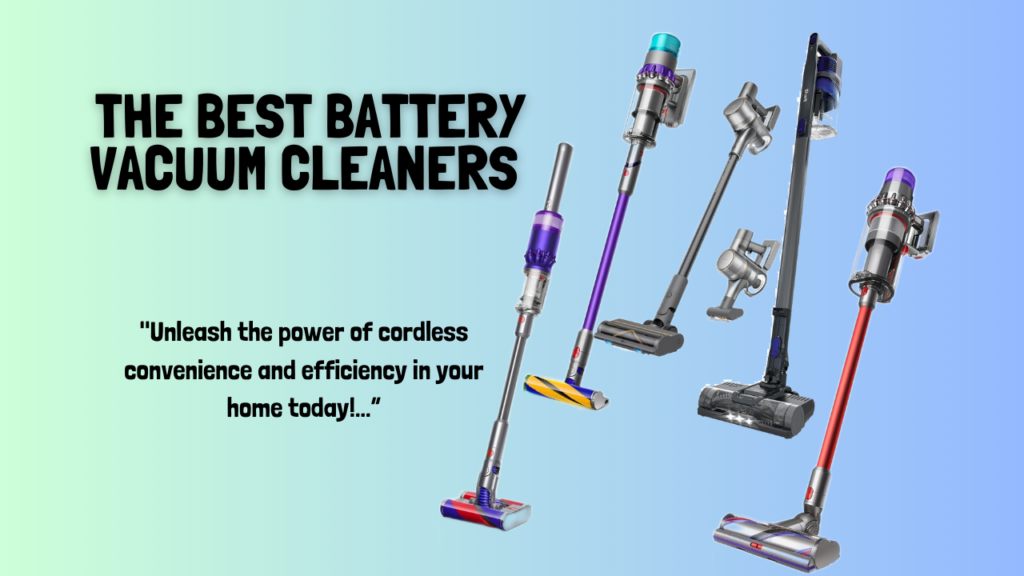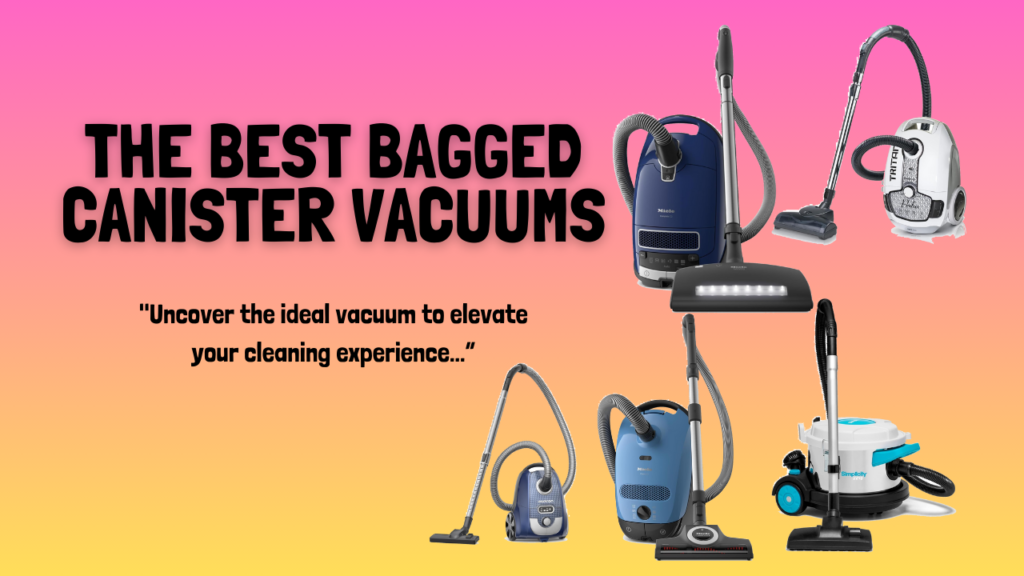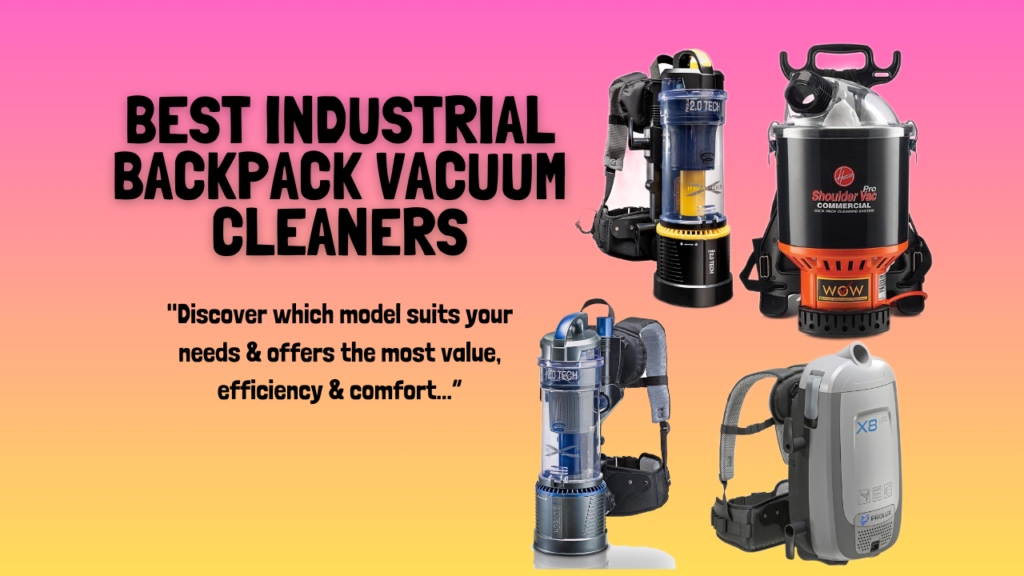Table of Contents
What is Single Stage Snow Blower?
Winter can be difficult for a variety of reasons. The frigid temperatures and wind might be challenging enough, but when you add in the task of clearing snow, the season can feel endless. For many of us, the worst part is not just the chilly winter weather. But also the extra time it takes to dress the kids, warm up the vehicles, and clean up the snow from the night before.
It is quite beneficial to have all of the necessary equipment to get you through any snowstorm, storm, or blizzard. I’ll go over a few reasons why adding a single-stage snow thrower to your winter armory will help you get through your snow removal activities much faster.
Reasons Why a Single-Stage Snow Thrower Might Be Right For You
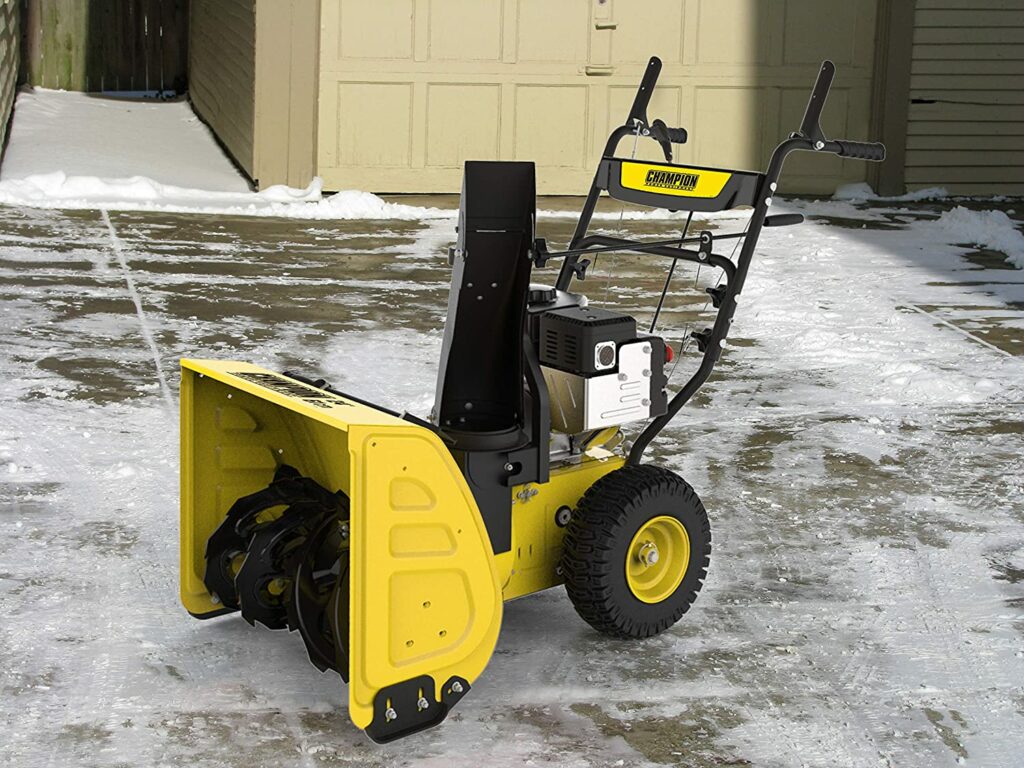
The following is a list of reasons why you might require a single-stage snow thrower in addition to your two or three-stage equipment, in no particular order.
If you live in a location where 2-6 inch snowfall is common. We normally receive three or four 8-20 inch snowstorms in some areas, but we also get another 20 inches of snow – one to four inches at a time.
So after the third or fourth time the 2-inch snowfall occurs overnight, you hate having to take out the huge snow machine and clear that modest amount. For that type of snow, a gas-powered single stage is ideal. It will clean your driveway as quickly as you can walk down to the pavement.
Recommended for You: Our Best Single Stage Snow Blower
Safety
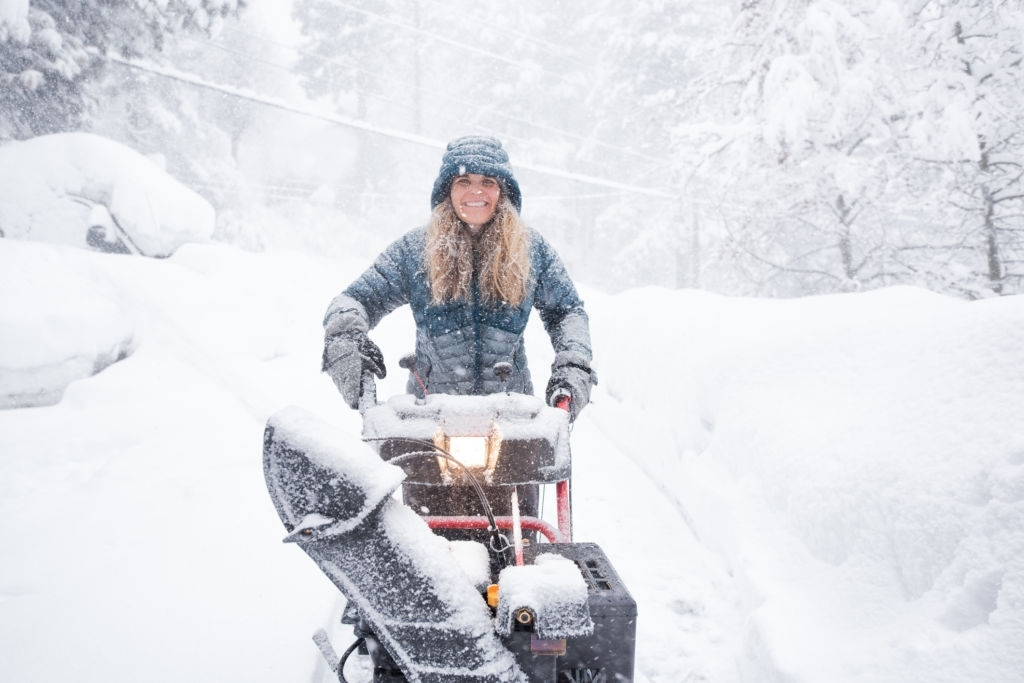
You live in a snowy area, yet your driveway/sidewalks slope, making it possible for your family to slip and fall if snow is left on the driveway. Alternatively, you may insist on having the entire driveway or sidewalk cleared of snow.
This could be for the sake of public safety or simply a personal preference. The front, rubber paddle touches the pavement on all single-stage snow throwers I’ll list. This removes all of the snow. This makes the area considerably safer to walk on in most circumstances.
The day after a storm, you want to clean up your driveway. You cleared the heavy snow with your huge snowblower, but the wind or city snowplow has blown a little additional snow here and there since then. The cleanup is quick using a single-stage snow thrower.
Easy to Maneuver
While you’re gone, your smaller spouse will feel comfortable utilizing a single-stage snow thrower. It won’t help with large snows or blizzards, but it will be ideal for lighter snowfalls.
Snow blowers with two or three stages are overkill. Snow throwers with only one stage will clear up to 6 inches of snow as quickly as you can walk. They clear tiny amounts of snow faster than two- or three-stage snow blowers.
The speed of your tracked snowblower is inexcusably slow. Tracked snow blowers are fantastic for removing tough terrain and deep snow, but walking behind them to clear 2 inches of snow off a 200-foot blacktop driveway may be excruciating.
It feels like you’ll never finish, and you start to wonder why you got that track drive powerhouse in the first place.
Things to Consider When Buying a Single-Stage SnowBlower
Is your back hurting? Do you have blisters on your hands? Sweating through your parka and getting a cold? We’ve found the answer: a snowblower. These devices have the potential to make your life easier. But which snowblower is best for you?
When buying a snow blower, there are several factors to consider, including the size of your property and the surface you need to clear. How frequently will you require it? What is the typical snowfall, where do you keep it all year, and what are the advantages and disadvantages of each type of snowblower?
To make your choice easier, we’ve produced a list of the top options.
Engines with two or four cycles
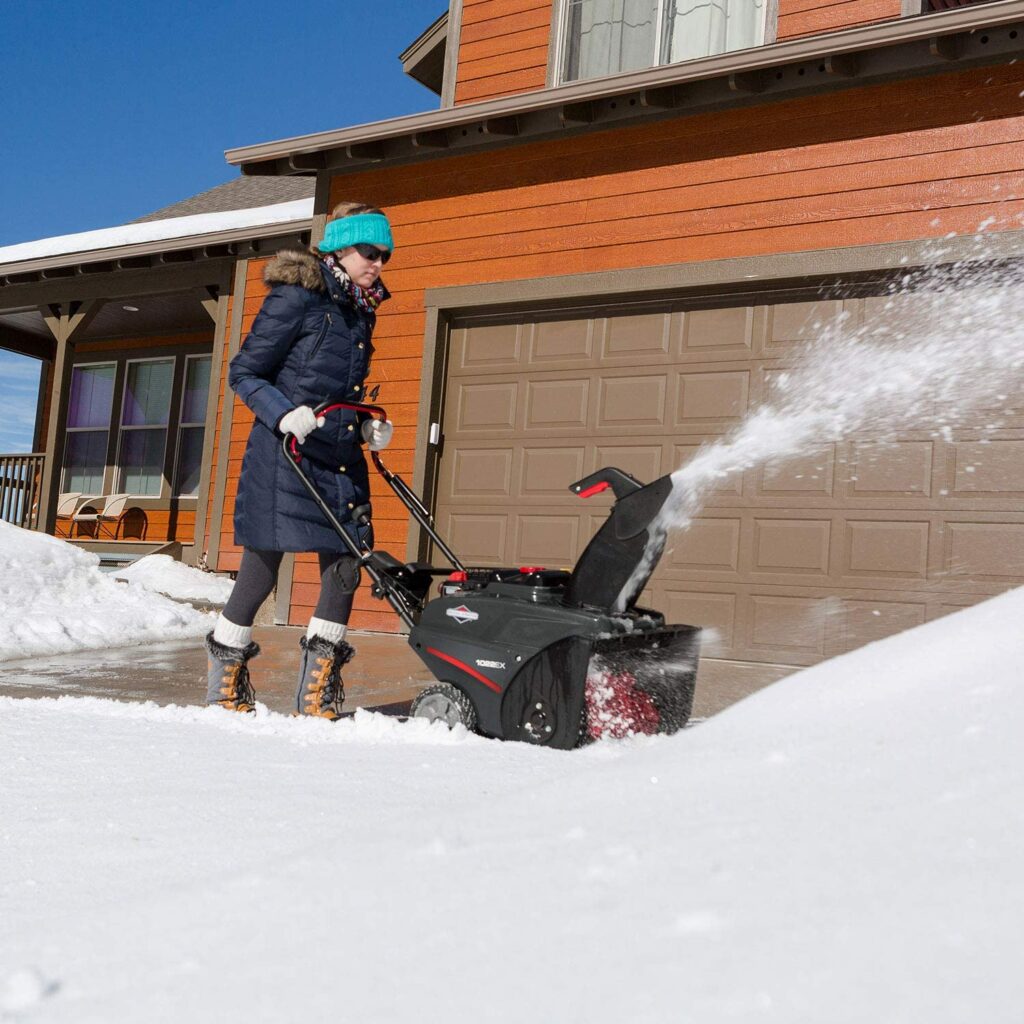
The type of engine you choose is determined by a number of things. A two-cycle engine runs on a mixture of gas and oil, which provides both the fuel and the lubrication needed to keep the engine running smoothly. The gasoline is stored in a separate fuel tank, while the oil is stored in a crankcase in a four-cycle engine.
As a result, two-cycle engines require oil to be added but not changed as frequently as four-cycle engines. After around 24 hours of use, or once a winter, four-cycle engines require an oil change.
Changing the oil, on the other hand, can be a nasty operation that no one enjoys. Four-cycle engines, on the other hand, offer superior torque, better fuel economy, lower emissions, and a better overall experience.
If your driveway is longer than 20 yards or slants, you might consider investing in a four-cycle engine snowblower. These will be more capable of handling larger workloads than two-stage single-cycle snow blowers. They can also handle heavier snowfall.
Clearing width and intake height
These are two crucial features to look for when purchasing a new snowblower. A number of characteristics of your snow-blowing experience with a particular machine will be determined by the clearing width and intake height.
The larger the clearing width on the snow blower’s auger, the fewer passes are required to complete the task. The fewer passes you make, the faster you’ll be able to clear your driveway and return to the comfort of your house.
Nobody likes spending more than a half-hour outside clearing snow, especially when it is very cold. It is also detrimental to your health. So the faster you can do the work, the better.
The amount of time you have to spend outside clearing snow is also affected by the intake height. Your snowblower will only be able to handle a smaller snowfall if the intake height is reduced.
That implies that if your intake height is lower than the expected snowfall, you’ll have to clean your driveway several times during the storm as snow accumulates. That’s just plain annoying, and it takes a lot more effort than a higher intake height would.
Recommended for You: Best Gas Snow Blowers 2021
Recoil or electric starter
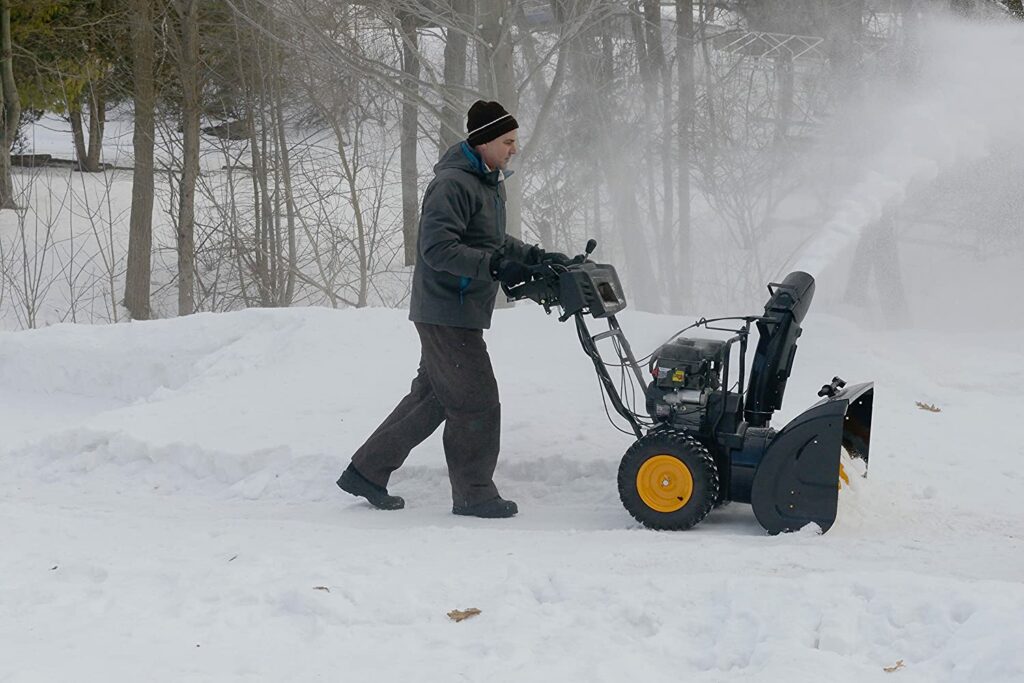
On a gas-powered single-stage snow blower, you can select between recoil and electric starts. To start the snow blower with a recoil starting, prime the engine two or three times, hold the clutch in place, and pull the starter cord.
With an electric starter, all you have to do is turn a key and hit a start button, and most electric starter snow blowers need you to plug them into an electrical outlet while they are being started up.
If you think you’ll have difficulties utilizing a recoil starter — and some of us will, depending on our strength, age, or back pain – an electric starter is a terrific option. Snow blowers with electric beginnings, on the other hand, are pricier than ones with recoil starters.
So, if you select that route, be prepared to spend a little extra money. And, in general, recoil starters aren’t that difficult to use, though. Although these machines come with recoil starters as a backup, there is a chance that temperatures will be too frigid for electric starters to work.
Manual or crank-driven chute rotation
The snow blower’s chute is the component that sends the snow to the side of the driveway. The chute can hurl snow at a left or right angle, as well as in front of the snow blower. Angling the chute can be done in a variety of ways, depending on the width of your driveway.
If your driveway is narrow enough, you can clear snow in a circular pattern from the center to the edges while maintaining the chute in place. Alternatively, you can clear snow from one end of the driveway to the other in a back-and-forth rhythm. It’s best to go up and down the long length of the driveway in this scenario, and you’ll have to flip the chute from left to right.
The chute can be moved around manually or with the help of a crank on the handle. If you have a manually operated chute, you’ll need to turn off the snow blower, come around the handle, and spin it by hand. If your chute is operated by a crank, you can rotate it simply by turning the crank.
Horse power
With more horsepower, the machine becomes larger and more efficient. Horsepower outputs for snow blowers with engines ranging from 200 to 400 cc can range from six to the mid-twenties.
What are some of the best snow blower tips and tricks?
You know how to use a snow blower, but do you know how to use a snow blower effectively? For the most efficient operation, follow these guidelines:
Pre-season maintenance is important to remember.
Install a new spark plug, change the oil, and inspect the belts to make sure they’re in good shape before using your snow blower. If you discover cracks, fraying, or glazing on the belts, or if portions are missing, replace them. Is it time to replace the spark plug? Take a look at an iridium spark plug.
Make use of new fuel

While it may be tempting to use leftover fuel from prior seasons, stale fuel is frequently the cause of difficult-to-start snow blowers. Start the season off right by pouring straight from a new can. To keep the fuel from degrading over time, use a fuel stabilizer.
Prepare your snowblower before it snows
Remove anything that could hinder snow removal or cause harm to your equipment, such as pebbles, extension cords, and hoses. To clear what has to be cleared without causing damage to anything underneath, use pegs to indicate your road, walkways, and gardens.
Final Thoughts
Shoveling snow is a difficult activity that, if you live in an area where snowfall is heavy and frequent, can become a regular part of your daily routine. There are valid reasons to use a snow blower instead of a shovel when heavy lifting and repetitive effort are required. Consider the following points from this buying guide if you’re trying to justify a snow blower purchase.



